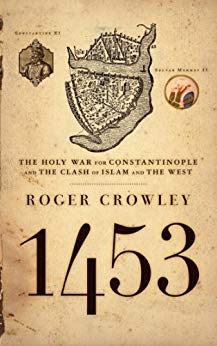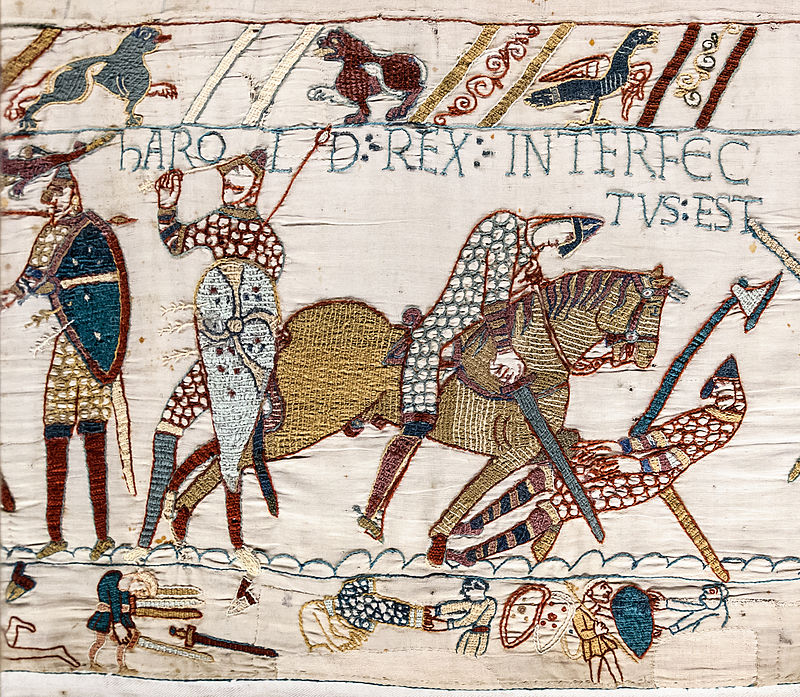
The fall of Constantinople in 1453 signaled a shift in history and the end of the Byzantium Empire. Roger Crowley’s readable and comprehensive account of the battle between Mehmet II, sultan of the Ottoman Empire, and Constantine XI, the 57th emperor of Byzantium, illuminates the period in history that was a precursor to the current conflict between the West and the Middle East.
May 29? A day of infamy and a day of celebration!
May 29, 1453 – The city of Constantinople was captured by the Turks, who renamed it Istanbul. This marked the end of the Byzantine Empire as Istanbul became the capital of the Ottoman Empire.
May 29, 1660 – The English monarchy was restored with Charles II on the throne after several years of a Commonwealth under Lord Protector Oliver Cromwell.
Known as “Black Monday,” the day that Constantinople fell to the Turks, was a tragedy of epic proportions. The Ottoman Empire, established in the newly-conquered territory, allowed Jews and Christians to practice their religion but with great difficulty. Many were killed for their faith. The treatment of the Greeks and the Armenians by the Ottomans is said to have inspired Hitler’s plans for the Final Solution; “Who speaks today of the extermination of the Armenians?” Hitler asked, just a week before the September 1, 1939 invasion of Poland. An excellent study of the heartbreaking events of Black Monday can be found here.
King Charles I, the Martyr, was King of England, Scotland and Ireland from 1625 until his execution on 30 January 1649 by Oliver Cromwell, a stern and rigid Puritan. Cromwell ruled until his death from natural causes in 1658 and was buried in Westminster Abbey. The Royalists returned to power along with King Charles II in 1660, and they had Cromwell’s corpse dug up, hung in chains, and beheaded. Charles II was one of the most popular and beloved kings of England, known as the Merry Monarch in reference to both the liveliness and hedonism of his court and the general relief at the return to normality after over a decade of rule by Cromwell and the Puritans.
Also on May 29, 1913 – Igor Stravinsky’s ballet score The Rite of Spring receives its premiere performance in Paris, France, provoking a riot.

